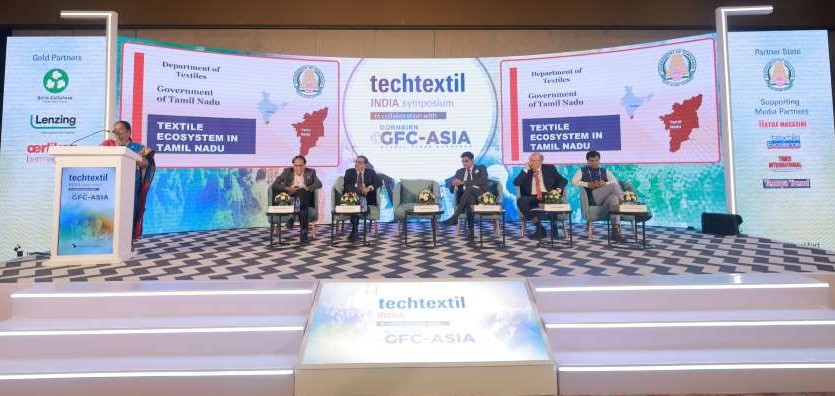
At a time when corporate sustainability has moved from a fringe concern to a core business metric, a disconnect is emerging between a company's public-facing sustainability efforts and its on-the-ground operations. Brands are dedicating significant budgets to producing meticulously crafted sustainability reports, while the very operational issues they claim to be addressing remain uncorrected.
It’s a paradox of our times: brands are spending more on reporting sustainability than actually implementing it. The result: impressive documents, glowing press releases, and award-winning presentations that mask the stubborn reality wasteful overproduction, missed targets, and untraceable supply chains.
The numbers behind the paradox
A recent industry survey revealed a telling statistic: 64 per cent of fashion executives say their sustainability budgets are spent more on reporting and communication than on operational change. The irony is striking. Reports, once designed as tools for transparency, have become a product in themselves an entire industry of consultants, auditors, and communications specialists thriving on ESG narratives. But the consequences are serious. Only 23 per cent of global brands are on track to meet their 2030 sustainability targets. The reason is simple: reports don’t cut emissions or reduce overproduction. Operations do.
The cost of standing still
Nowhere is this clearer than in overproduction, fashion’s Achilles’ heel. An estimated 30-40 per cent of all clothing made is never sold. Each unsold shirt or dress represents wasted cotton, polyester, water, dyes, energy, labor, and shipping fuel, only to end up in discount bins, landfills, or incinerators.
Operational reform tighter supply chains, demand-driven production, smaller runs could drastically reduce this waste. But these fixes require deep restructuring and tough trade-offs, unlike commissioning another glossy PDF.
H&M’s conscious illusion
Few stories illustrate the gap between promise and practice better than H&M. The fast-fashion giant has touted its Conscious Collection and in-store garment recycling program as proof of its green credentials. Both initiatives feature prominently in its sustainability reports. Yet, an investigation by the Changing Markets Foundation found that 96 per cent of H&M’s green claims were misleading. And less than 1 per cent of garments collected through its recycling program were actually recycled into new clothes. The rest were downcycled, exported, or discarded. The glossy reports and campaigns built brand reputation. The operational reality told another story.
Outside fashion, the paradox holds. Coca-Cola pledged to use 50 per cent recycled content in packaging by 2030. By 2025, the company quietly scaled back the goal to 35 per cent, citing a lack of recycling infrastructure. The rollback was noted, but the company’s annual reports still spotlight ambitious sustainability language. Meanwhile, Coca-Cola continues to top the charts as the world’s number one plastic polluter. These examples highlight the crux of the paradox: investing in brand image over operational overhaul.
The shift, from reports to results
Industry experts argue that sustainability’s real ROI comes from action, not PDFs. The next frontier lies in six clear strategies:
Tackle overproduction: Align design and demand forecasting to make only what can be sold.
Embed data daily: Integrate sustainability metrics into everyday workflows, not just annual reports.
Invest in traceability: Direct budgets toward tools that verify impact, like blockchain-enabled supply chain mapping.
Operational KPIs, not PR goals: Track measurable outcomes such as the percentage of circular designs rather than vague promises.
Automate compliance: Let tech generate reports as a byproduct of efficient systems, not as a stand-alone effort.
Engage the ecosystem: Work with suppliers, customers, and partners to build resale, repair, and recycling models.
Rethinking the budget equation
What if companies redirected even half their reporting budgets into operations? Analysts suggest the gains could be significant: fewer unsold goods, real emissions cuts, better supplier accountability, and more genuine consumer trust. The paradox, in the end, is a leadership test. Reports may win headlines, but operations win long-term survival. As regulations tighten and consumer skepticism deepens, the brands that shift from storytelling to action will define the next decade of business leadership. The sustainability paradox asks a simple but profound question: Do we want to look sustainable or be sustainable?












